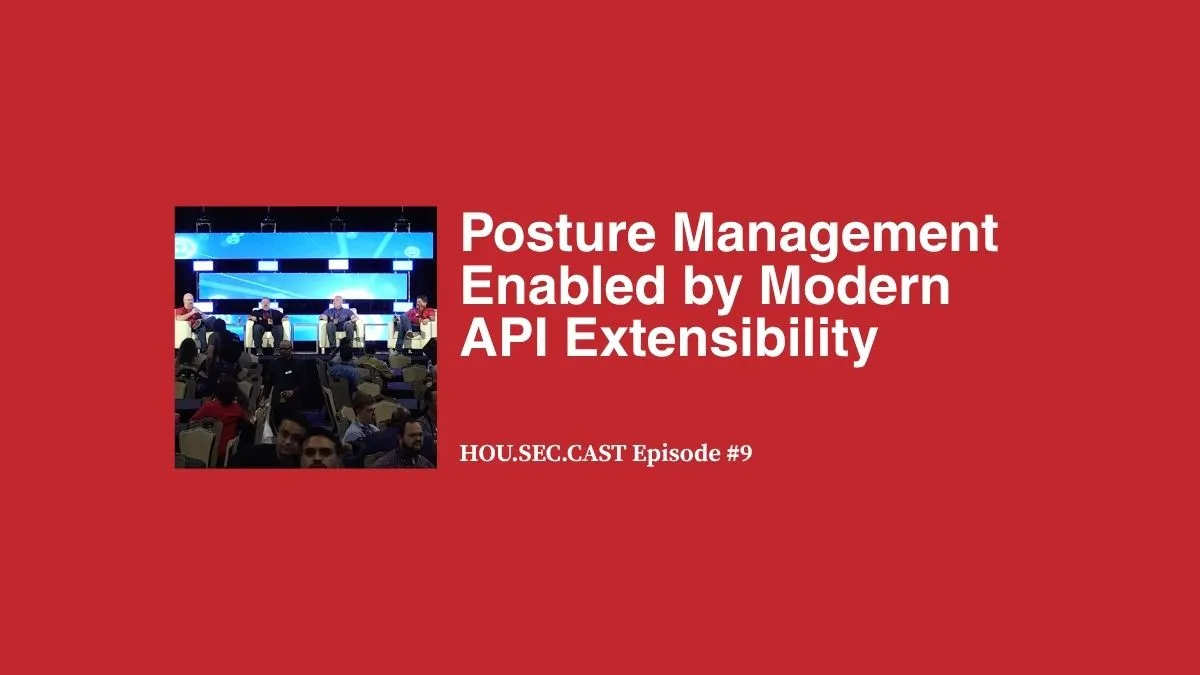I've been in IT and security since the early 90s. In all that time, the core challenges of cybersecurity have remained remarkably consistent: protect your data, your infrastructure, your applications, and guard against shadow IT. These are the four universal maxims that underpin every security strategy — regardless of how much technology evolves.
What has changed, however, is the architecture. Cloud computing and APIs have completely reshaped how we operate. And a lot of us old IT/security folks had some trouble seeing these technologies as now powerful enabler rather than liabilities. But modern Security Posture Management (SPM) tools have helped reshape our view by using cloud and APIs to help organizations finally tackle these long-standing security problems at scale.
The Four Maxims: Timeless Foundations in a Modern Context
Cybersecurity is built on four unchanging pillars: securing data, securing infrastructure, securing applications, and controlling shadow IT.
- Secure Your Data: Data remains the crown jewel of any organization. You can’t protect what you can’t find, and most companies still struggle with basic data visibility. Modern Data Security Posture Management (DSPM) tools automate data discovery, classification, and protection across hybrid environments—ensuring that sensitive information stays protected wherever it resides.
- Secure Your Infrastructure: Complexity is the enemy of security. As cloud adoption accelerates, visibility gaps emerge. Cloud Security Posture Management (CSPM) solutions provide real-time insight into cloud configurations and permissions, helping security teams reduce risk by preventing unauthorized access before it happens.
- Secure Your Applications: Applications are the new front door to every organization. The traditional software development lifecycle (SDLC) often prioritized speed over security, but modern Application Security Posture Management (ASPM) tools integrate directly into CI/CD pipelines, identifying and fixing vulnerabilities from development through production.
- Control Your Shadow IT: Employees often adopt unsanctioned tools simply to get work done, unintentionally creating new attack surfaces. SaaS Security Posture Management (SSPM) helps organizations discover and manage these unmanaged applications, enforcing policies that balance innovation with governance.
Because of accessible infrastructure enabled by the Cloud and APIs, as well as intelligent analytics, each of these maxims has evolved from theoretical best practice into an actionable discipline. In other words, the maxims went from something we are supposed to do to something we can do.
Cloud and APIs: From Risk to Enabler
Not long ago, many security professionals viewed the cloud with suspicion. It often represented a loss of control and/or an increased dependency on third parties. But today, the narrative has flipped. As Dr. Larry Ponemon observed in 2020, the cloud is now often more secure than traditional on-premise environments.
The reason? Standardization and visibility. APIs expose structured data that security tools can monitor, measure, and manage in real time. Instead of being an obstacle, the cloud has become a foundation for resilience and scalability. Security teams can now automate detection, streamline compliance, and even offload repetitive tasks to the provider level.
In short, the cloud and APIs no longer expand the attack surface — they expand our ability to defend it.
Security Posture Management in Focus
Security Posture Management (SPM) brings together the best of these advancements into a unified operational strategy. Rather than reacting to isolated alerts, SPM provides a holistic, continuously updated picture of an organization’s security health.
Each branch of SPM (DSPM, CSPM, ASPM, and SSPM) maps directly to the four cybersecurity maxims. Together, they form a cohesive framework for identifying risk, prioritizing remediation, and maintaining compliance across modern hybrid environments.
SPM doesn’t replace existing tools; it orchestrates them. By integrating with APIs and cloud-native systems, it turns fragmented security data into actionable intelligence.
Aligning SPM with Modern Frameworks
The modern security paradigm is shifting toward risk management, operational resilience, and programmatic maturity. SPM fits neatly within this triad. By continuously monitoring posture, organizations can proactively manage exposure and align their practices with frameworks like NIST CSF, ISO 27001, and Zero Trust.
SPM isn’t just about technology. It’s about creating a living, measurable model of security that evolves with the business.
The Future: From Fragmentation to Unification
As the SPM market matures, expect a wave of specialization followed by consolidation. Point solutions will eventually converge into integrated platforms capable of predictive security modeling and even autonomous remediation.
Artificial intelligence will enhance prioritization, reducing noise and allowing defenders to focus on what truly matters. Ultimately, SPM will integrate seamlessly into enterprise risk management, providing executives with unified maturity and risk scores that connect cybersecurity to business outcomes.
Final Thoughts
The tools and technologies may evolve, but the mission of cybersecurity remains constant. The key for practitioners going forward is aligning timeless security principles with modern enablers.
Cloud and APIs didn’t change the rules of security. They gave us the means to finally play the game at scale. Security Posture Management is built to take advantage of the Cloud and APIs and empower organizations to see, understand, and secure everything that matters.








